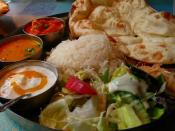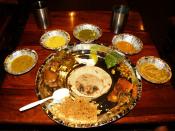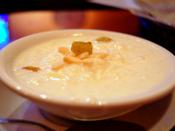India is a country that offers a diverse range of cultures, races, and ethnicities for anyone that may choose to visit. Many people may think of someone's race as the same as their ethnicity, but they are very different. Race is a socially constructed category composed of people who share biologically transmitted traits that member of a society consider important, whereas ethnicity is a shared cultural heritage which can contain many different races within it (Macionis J. J., 2006). The mix of cultures, races, and ethnicities come from all over the world; there are people, cultures, and ethnicities from the all over the Middle East, Europe, and Asia. Even with all of the diverse cultures, races, and ethnicities there is still discrimination against the lower caste Dalits once considered"untouchables".
India is the oldest continuous civilization in the world, and this has enabled India to absorb a variety of cultures from all around the world (Singh, Bhatia, Chaubey, Datta, and Samson, 1989).
There is no such thing as "Indian Food". The country is more that 3,200 km from north to south and 2,500 km from east to west and the climatic and cultural diversity have contributed to the large variety of cuisine (Singh, et al, 1989). Agricultural and climatic conditions do determine the different types of food, but dishes are also influenced by religion and historical events. Most Indians are vegetarians, since beef is taboo for the Hindus and pork for the Muslims, which are the two largest religion throughout India. North India's rich and creamy concoctions are in total contrast to the spicy coconut flavored fish of South India. Many people associate curry with Indian cuisine, but curry is not part of the culinary vocabulary it is a derivative of the word Kari, meaning sauce, attached to Indian cuisine...



Good job
overall the essay was good, but the conclusion could have been stronger.
0 out of 0 people found this comment useful.